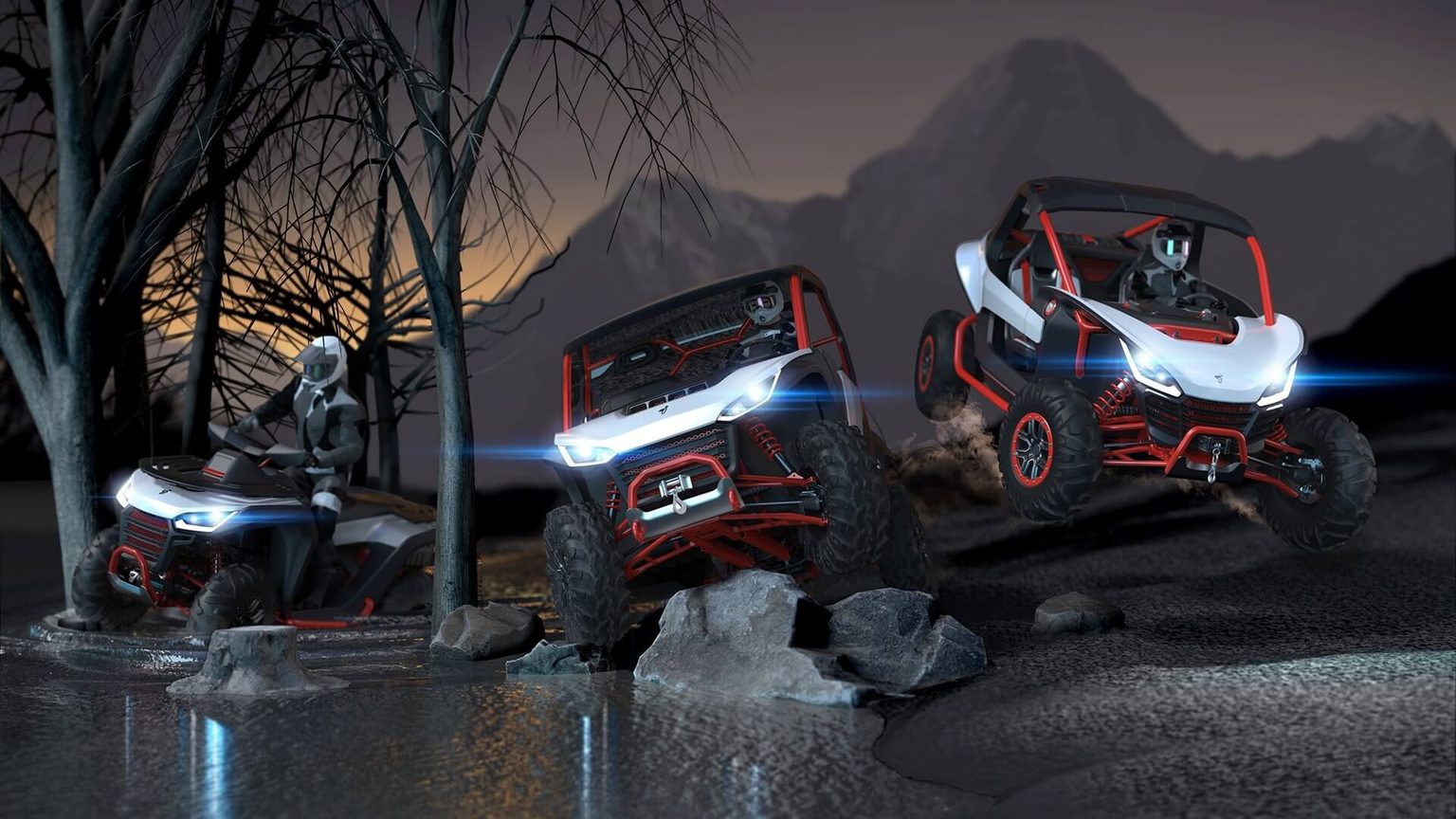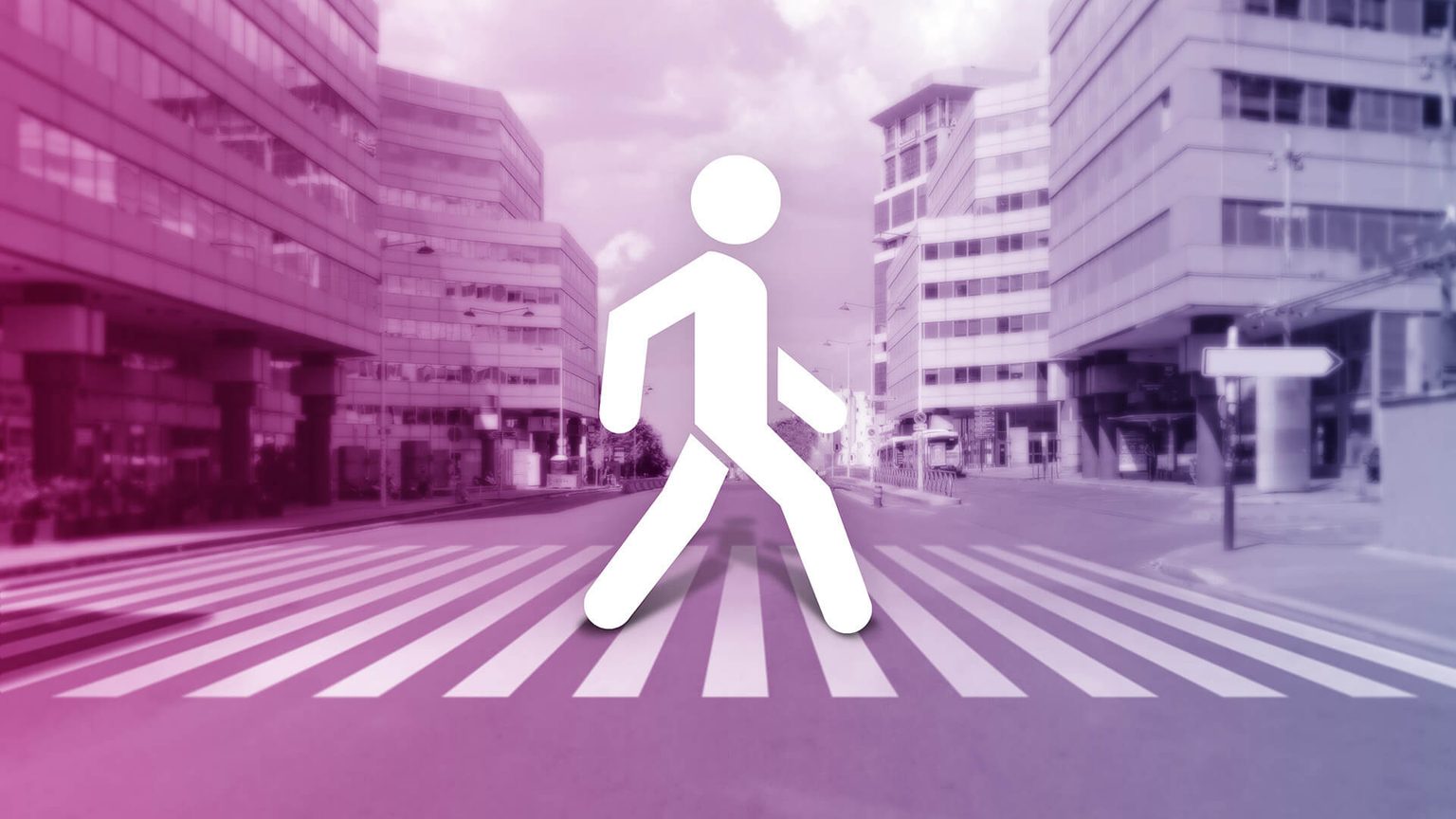
Mobility
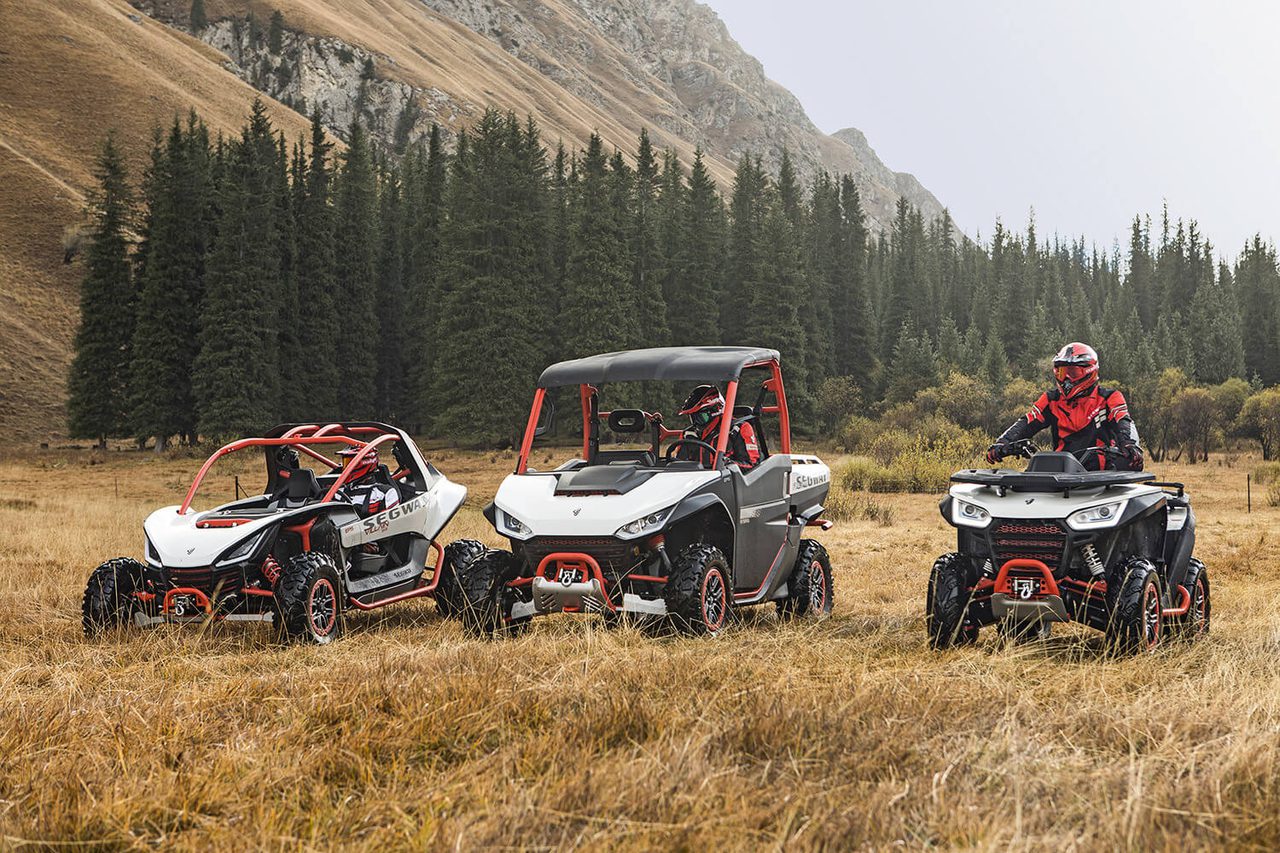
Segway Powersports Hybrid Electric Utility Vehicle Fleet
Category
Expertise
To break into the powersports category, Segway partnered with Teague to design the industry’s first fleet of hybrid electric off-road recreational and utility vehicles.
CHALLENGE
The Segway brand has long been synonymous with innovation in personal mobility. Since being acquired by Ninebot, the company that supplies electric scooters to Lime, Spin, Lyft, Jump, and others, Segway has committed to developing smarter, greener short-distance transportation vehicles, taking its first steps back into the North American consumer market in 2019.
We were eager to work with a trusted American design company. Teague was best equipped to face the design challenge with us. — Segway
To make the transition from a manufacturer of micro-mobility devices to personal transportation vehicle leader, Segway turned to Teague to help transform their brand and facilitate a bold leap into the powersport vehicle market. Our team’s challenge was to develop a fleet of off-road powersport vehicles that had the aesthetic appeal and performance capability to compete as a world leader in utility—and to do it in collaboration with a team nearly 6,000 miles away, in just four months.
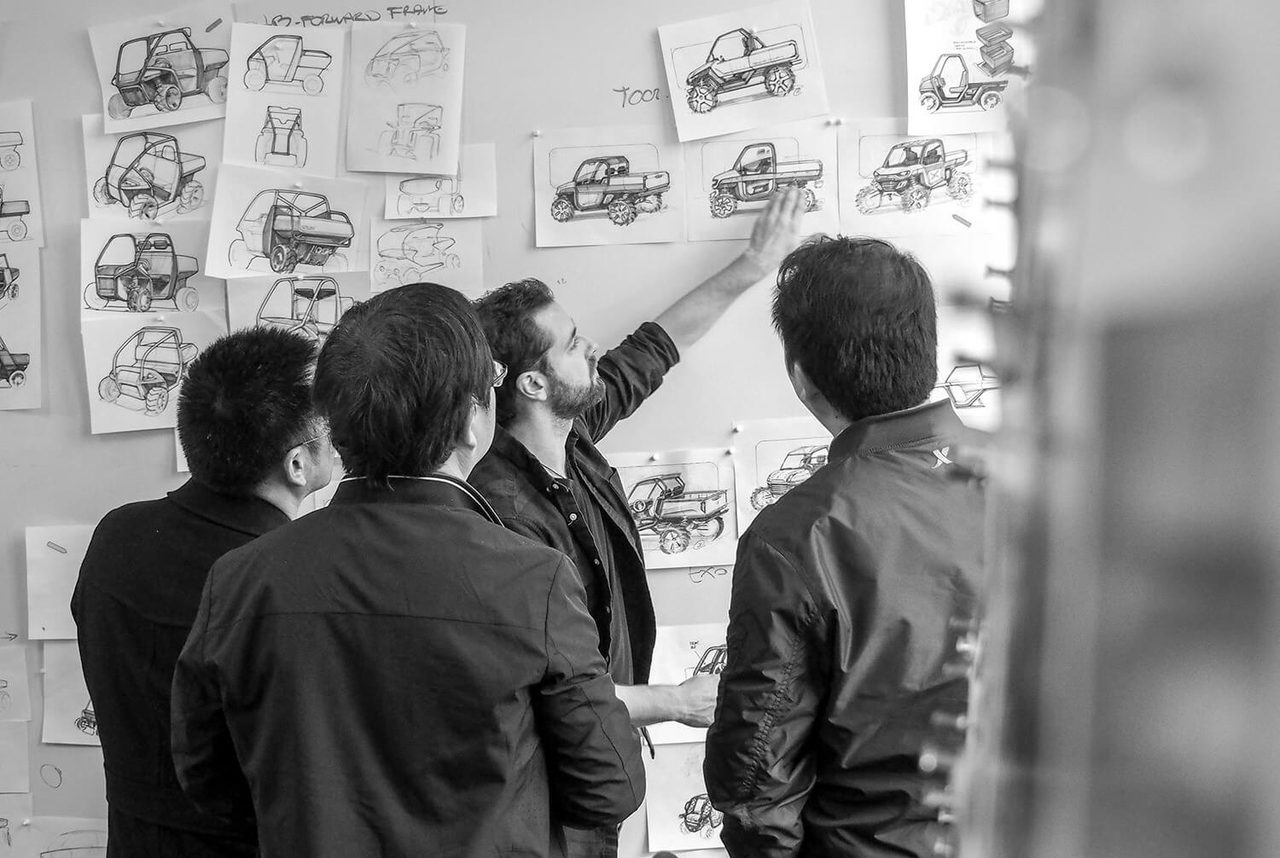
APPROACH
Conscious of the previous struggle with consumer adoption of Segway’s PT—the biggest question for the team was how to make the brand relevant to an entirely new audience, in a new category. This question kicked off an intensive competitive analysis to inform the overall product design strategy through a deep understanding of the landscape, market outlook, and user demographics. Our research uncovered an opportunity for Segway to differentiate in the market by placing a strong emphasis on aesthetics and implementing a common design language across their fleet of vehicles.
After multiple rounds of ideation, we were ready to build. To quickly iterate, we developed a new tool—Teague 3D Garage—using VR technology that allowed us to collaborate with our partners at Segway in real time. With 3D Garage, we could drag and drop 3D CAD—work in progress data—to assess and get a true sense of scale without the need to prototype physically. With our client a world away, the tool made it possible for our team to share progress and articulate design development or finalization so that Segway could quickly review and realize implications and make decisions to fast-track the design process—saving significant time and cost.
Moving into the real world, the team next created full-scale prototypes, using tape drawing to look at the overall gesture and proportions of each vehicle. Prototyping at scale allowed Segway to view and interact with each vehicle in its physical context to finalize the design with absolute confidence.
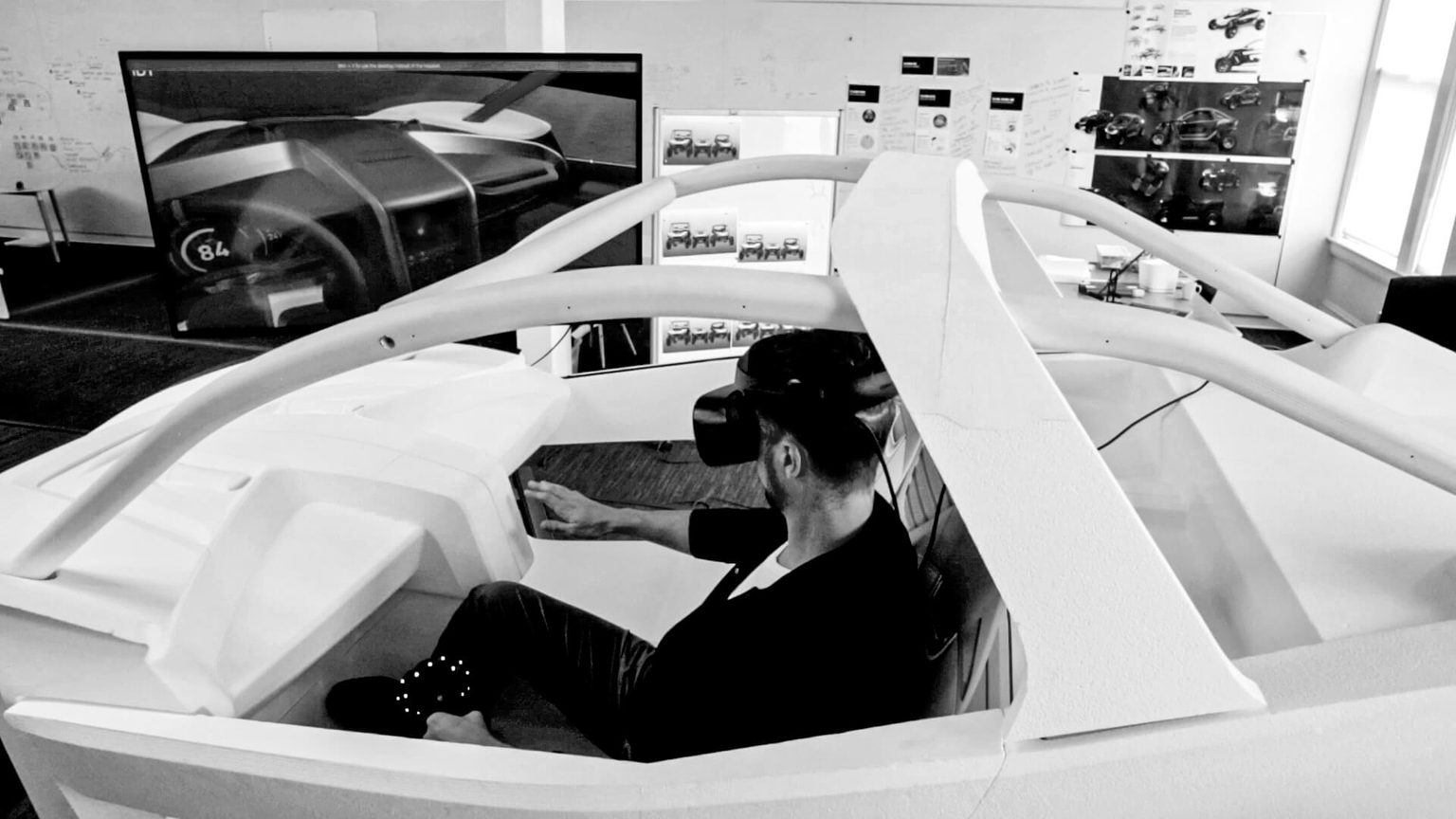
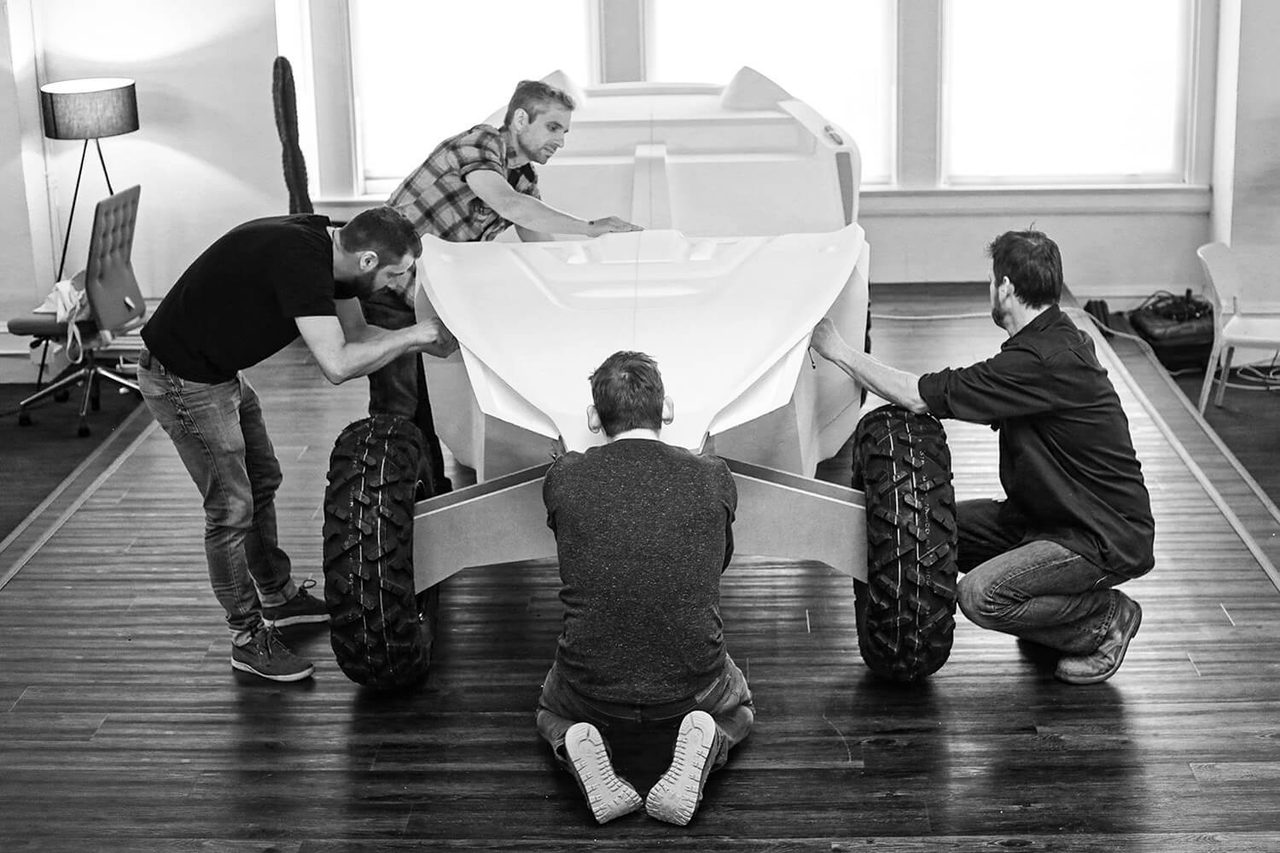
SOLUTION
From product definition through final product release we collaborated hand-in-hand with Segway to create three unique off-road platforms unified by a common design language that is bold, confident, radically different and undeniably distinct.
The form of vehicles is an expression of dynamism and aggressivity, but also pride and confidence in the technology that sits inside.
—Michal Holcer, Teague
Each off-road vehicle is characterized by flowing surfaces and crisp parting lines, accented by sleek curvature for a modern look and aerodynamic form. The fleet concept is rooted in three design attributes: vehicle silhouette, stance, and expression. Each vehicle has feline like contours, with exposed engineering to promote the confidence Segway has in its machinery. The detail in every vehicle is focused and intentional.
The interior was designed with ergonomic considerations for the rugged terrain these vehicles are meant to explore and tackle while every curve of the exterior was carefully crafted to consider speed, form, and create a definitive aesthetic that would set these vehicles apart from their competition.
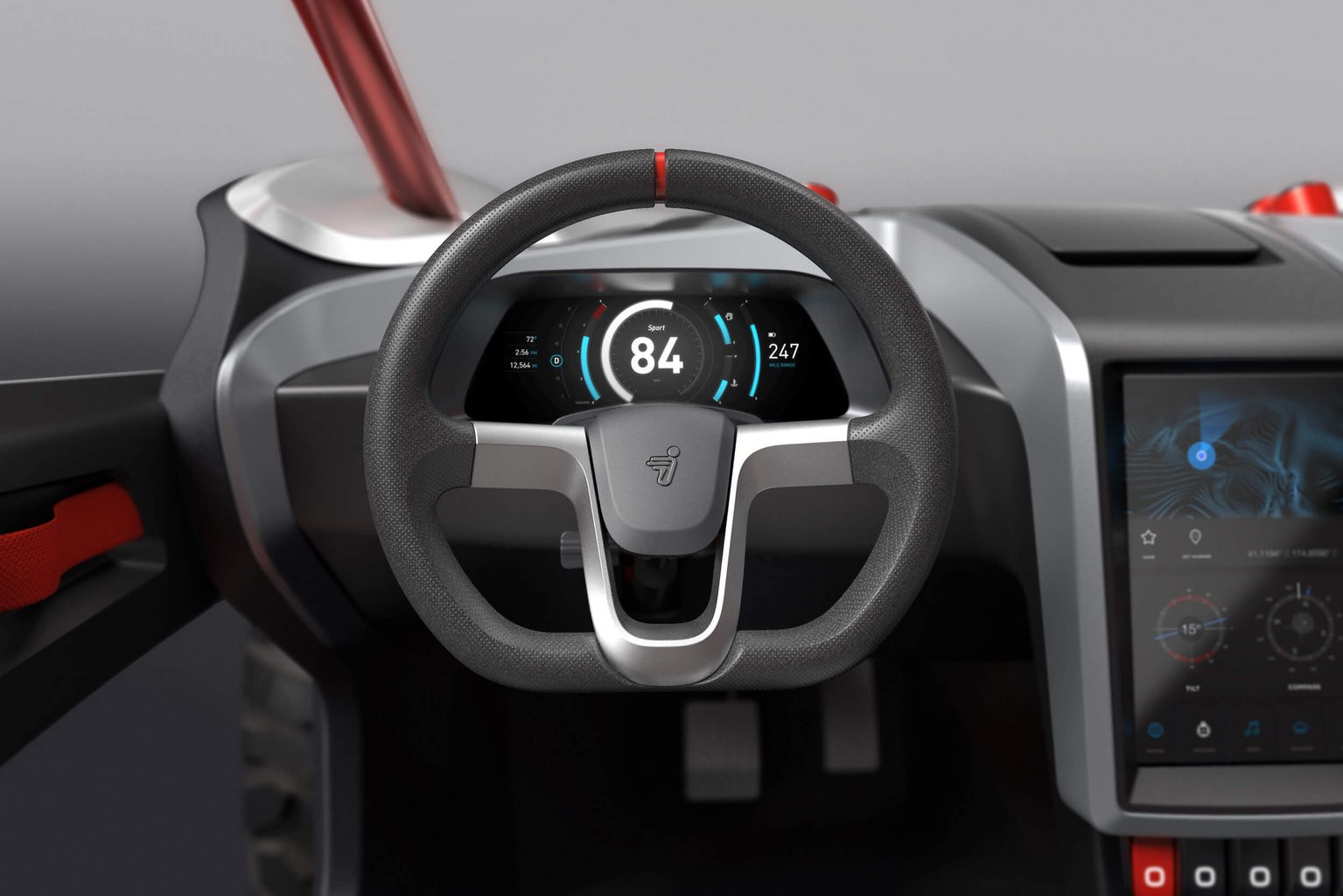
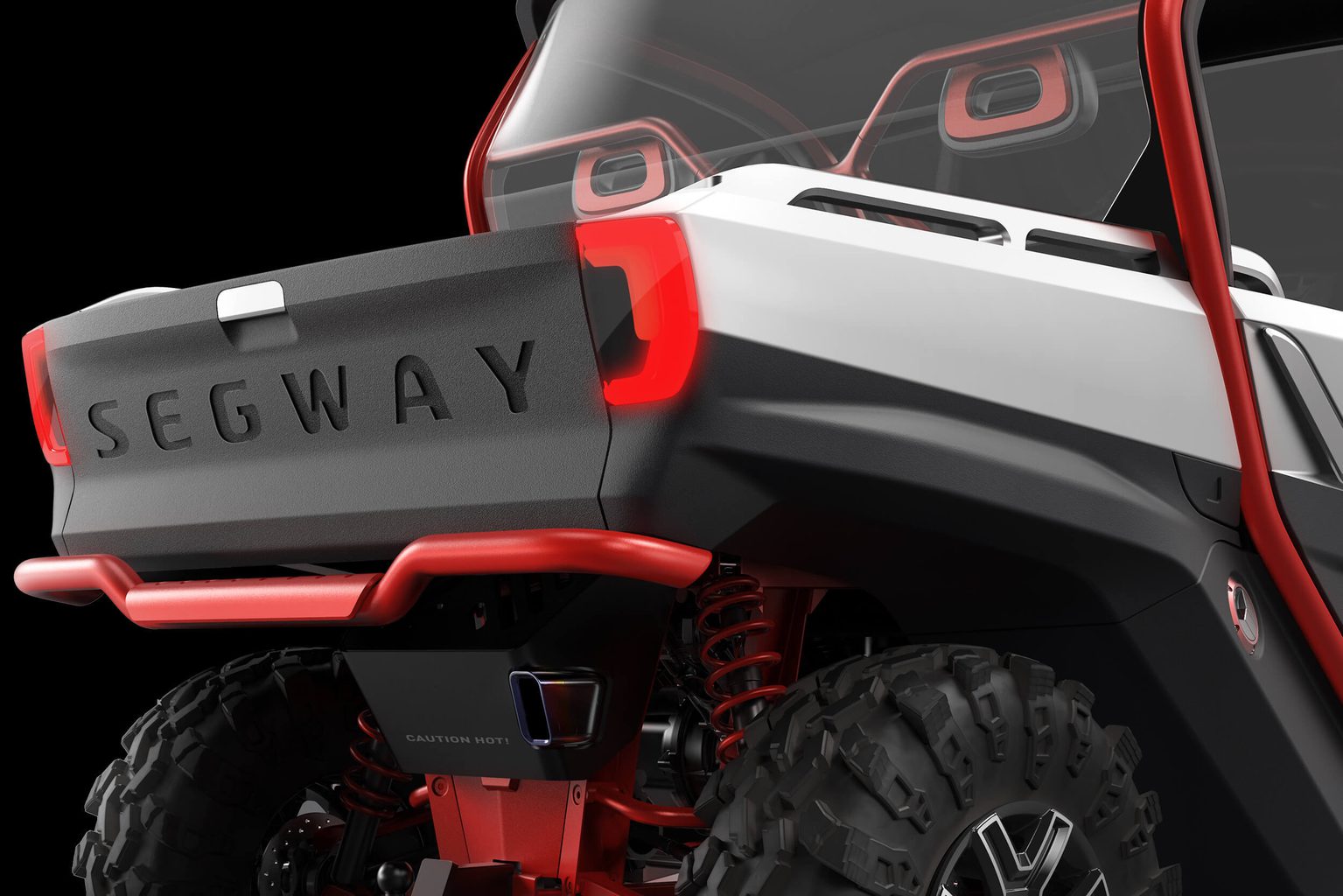
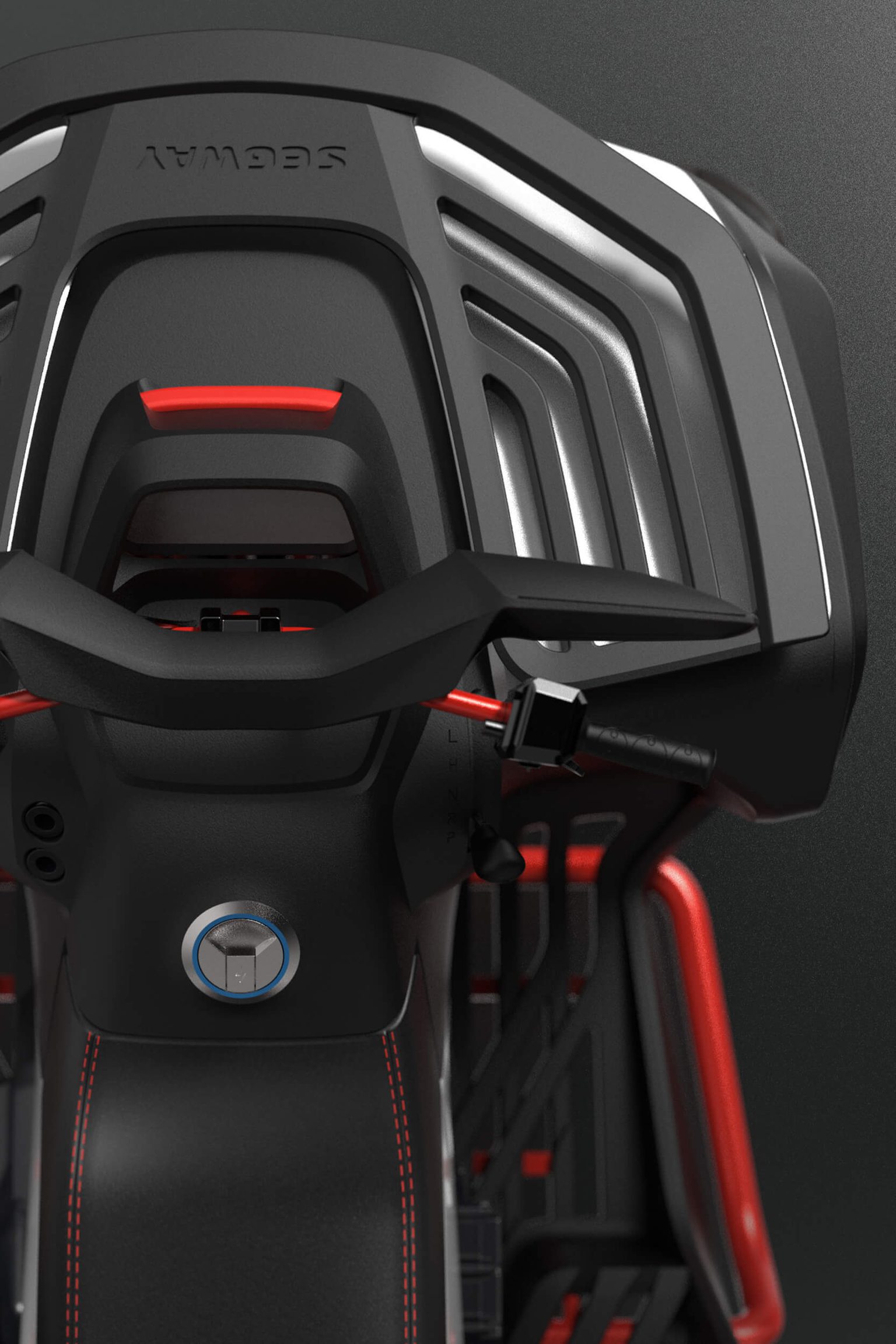
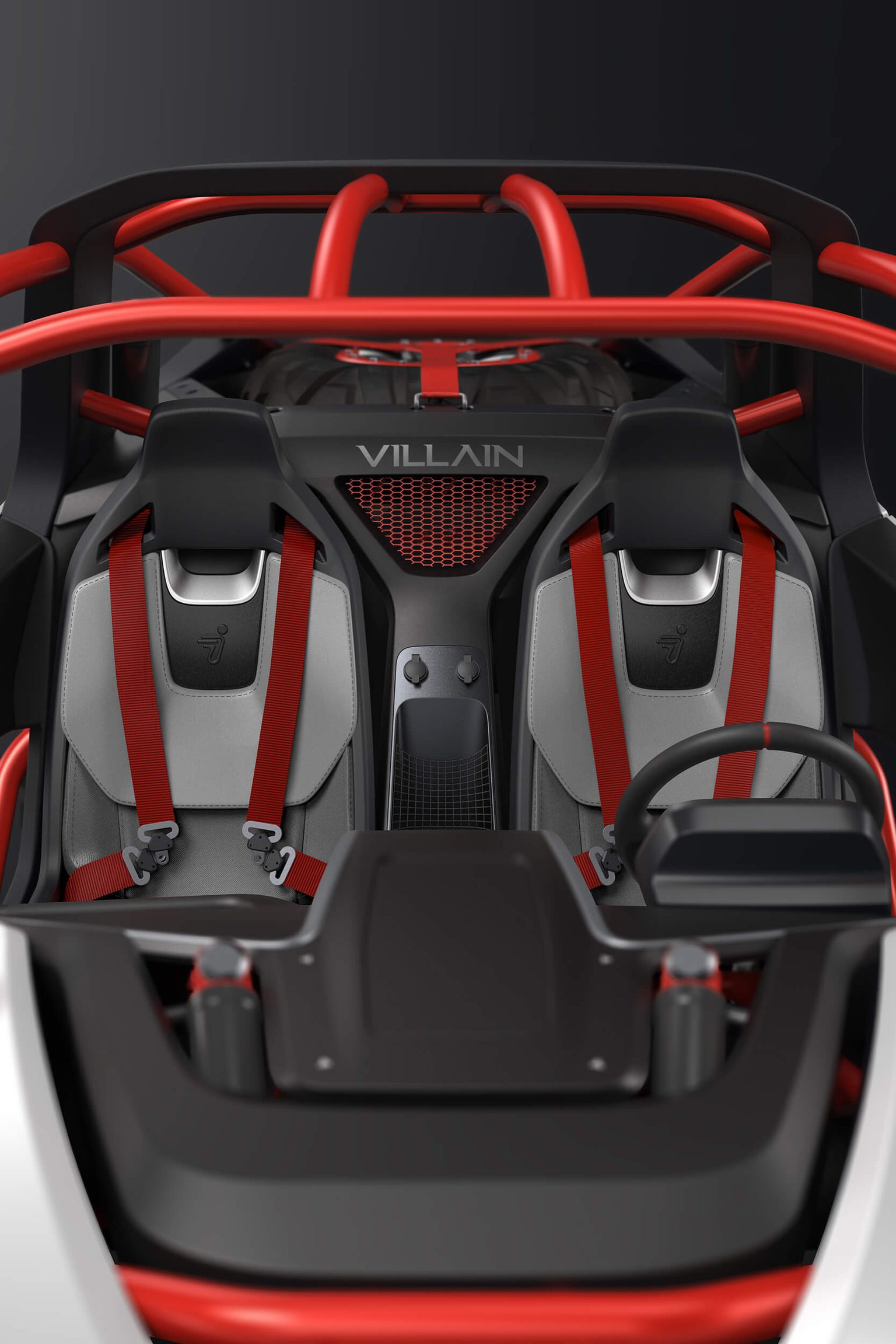
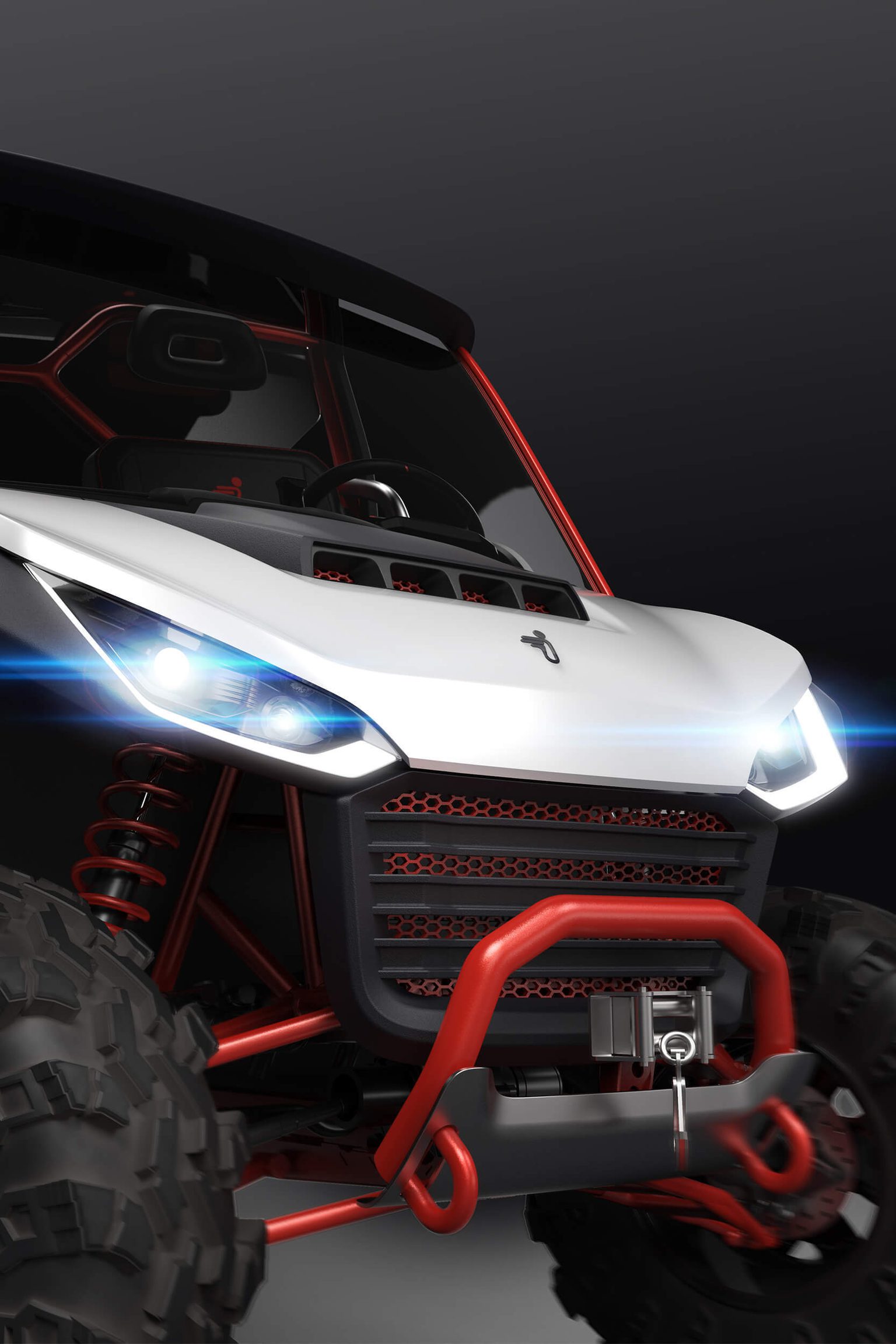
RESULT
As Segway’s brand power continues to rise across the global landscape, the design evolution of their products will be a driving force in their impact as a leader in mobility. Defining a design language unique to Segway and ensuring that it can be expressed consistently across a portfolio of products across product generations, together Teague and Segway establish a voice in a new category, speaking through their products to build value, generate passion and encourage loyalty. Debuted in EICMA in November 2019, the industry’s first hybrid electric fleet will hit the road in June 2020.
